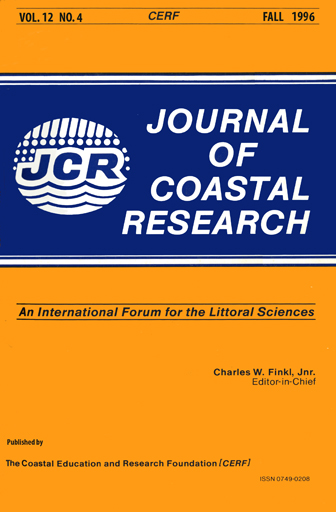Reconstruction of Quaternary History of Southern Kuril Islands
Keywords:
Kuril Islands, marine terraces, Pleistocene, sea level, tectonic displacement, radiocarbon (14C) dating, thermoluminescence datingAbstract
Many researchers refer to uplifted marine terraces on the Kuril Islands (North Western Pacific), but there is no single opinion of their number, ages and altitudes. This study, which investigates this problem through field studies on the Kunishir, Iturup and Urup Islands of the Kuril Arc, found that the age of the low level terraces (2-10 m) lies in a time range from present to 5,000 BP. The peak of the Holocene transgression occurred near 4,000 BP and sea-level did not exceed the present level. Higher terrace levels range from 10 to 60 m above present levels. They were formed just before the last Glaciate (17,000 BP). Their radiocarbon 14C age is about 27,000 BP. For planation surfaces at higher levels, there is no evidence to support marine origin except for the central part of the Urup. In the Southern Great Kuril Islands, evidence of marine sedimentation ended by the Pliocene-Early Pleistocene. In the southern Kunashir, there was no evidence of marine sedimentation after the Early-Middle Pleistocene. Local peripheral submergence occurred in the period 40 to 27 ka, when marine terraces obviously formed on Iturup and possibly on Urup. There are no traces of the Last Interglacial (125 ka) transgressions in the South Kuril Islands.


